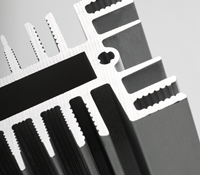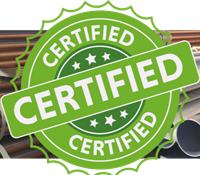RoHS

What is the RoHS directive?
The RoHS directive is a 2006 EU regulation that restricts the use of harmful substances such as lead, mercury and cadmium in products. Later versions of the RoHS directive include more product types, such as medical devices and kitchen appliances.
By limiting the content of harmful substances, it becomes easier and safer to recycle or scrap products.
It is illegal to sell and import products in the EU that do not comply with the RoHS directive. Therefore, manufacturers need to be aware of the materials they use.
Which substances are restricted by RoHS?
With the latest update in 2015, the RoHS directive includes 10 substances (maximum content in brackets):
- Lead (0.1%)
- Mercury (0.1%)
- Cadmium (0.01%)
- Hexavalent chromium (0.1%)
- Polybrominated biphenyls (PBBs) (0.1%)
- Polybrominated diphenyl ethers (PBDE) (0.1%)
- Di(2-ethylhexyl) phthalate (DEHP) (0.1%)
- Butylbenzyl phthalate (BBP) (0.1%)
- Dibutyl phthalate (DBP) (0.1%)
- Diisobutyl phthalate (DIBP) (0.1%)
How does RoHS affect you?
Some alloys contain lead and therefore the RoHS directive may affect you. Generally, alloys for use in products must not contain more than 0.1% lead, but there are temporary exemptions for some metals and alloys. You can read more about this here.
In the PDF files below, you will find an overview of which of Alumeco Group's products you need to be aware of in relation to RoHS.
If you have any questions about the documents, please feel free to contact us at quality@alumeco.com.
You can read more about the RoHS directive on the European Commission's website.

















